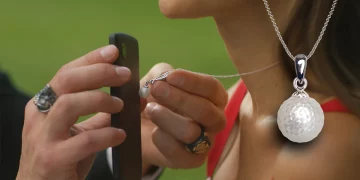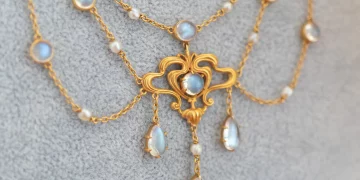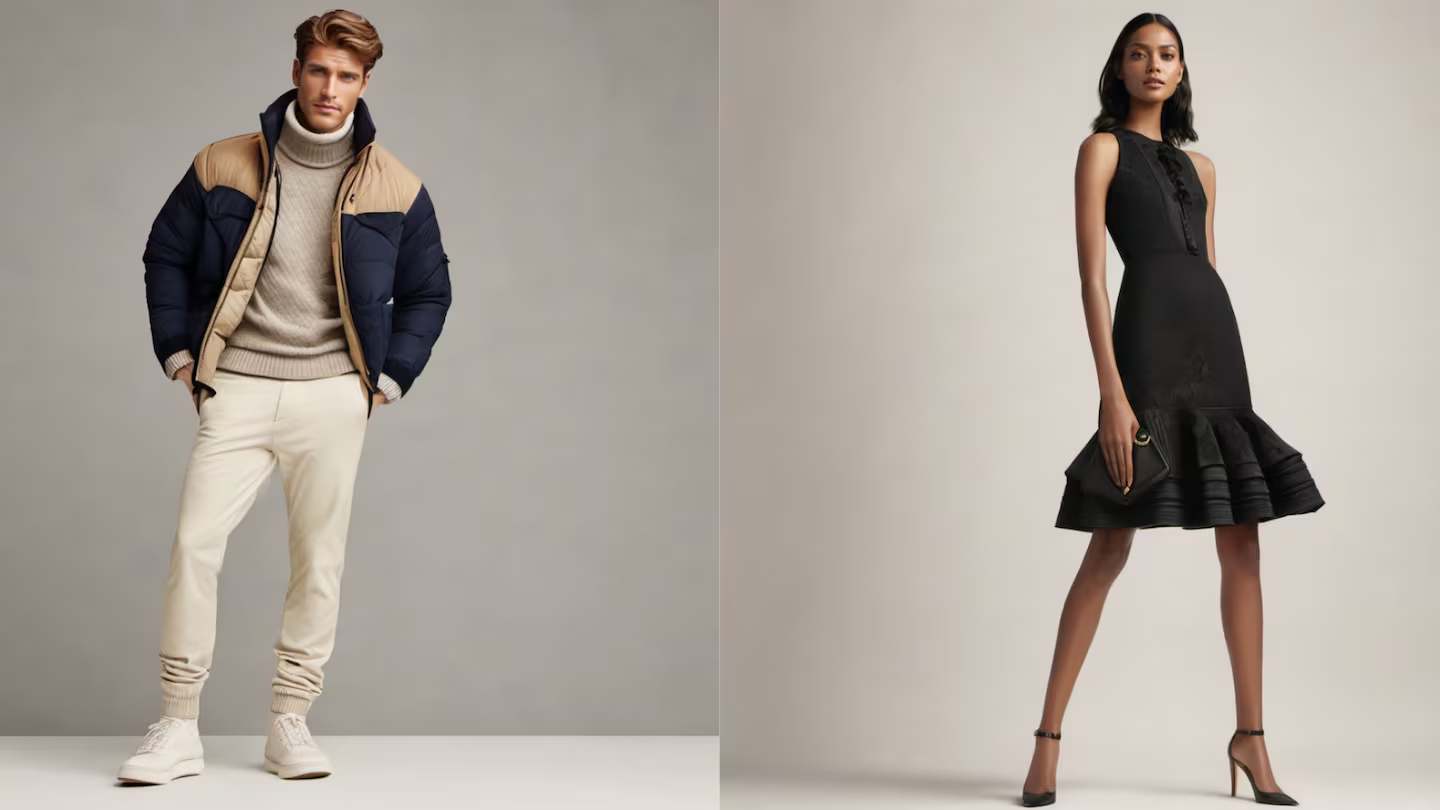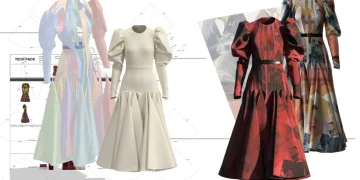Sustainability is no longer just a buzzword but a fundamental shift in consumer behavior, values, and corporate strategies across various industries. The jewelry market, traditionally characterized by its luxury status, high-value assets, and the use of precious metals and gemstones, is now facing a significant transformation. The increasing emphasis on sustainable practices is reshaping the way jewelry is designed, produced, marketed, and consumed.
In this article, we will explore how the growing demand for sustainability is influencing the jewelry industry, from the ethical sourcing of materials to the integration of eco-friendly designs and practices. We will also look at the evolving expectations of consumers, how brands are responding to these changes, and what the future holds for the jewelry market in terms of sustainable development.
1. The Shift Toward Ethical and Sustainable Sourcing
One of the most profound changes in the jewelry industry is the increasing demand for ethically sourced and sustainable materials. For decades, the mining of precious metals and gemstones such as gold, diamonds, and emeralds has been associated with significant environmental impact and human rights issues. However, with growing awareness about these problems, both consumers and brands are placing more emphasis on sourcing materials responsibly.
A. Ethical Sourcing of Gemstones and Metals
In recent years, the jewelry industry has witnessed a rise in the number of companies adopting ethical and traceable sourcing practices for gemstones and metals. Conflict-free diamonds, fairmined gold, and recycled metals are gaining popularity among consumers who are concerned about the environmental and social consequences of traditional mining practices. For example, companies like Tiffany & Co. and Chopard have made significant strides toward ethical sourcing, ensuring that their diamonds and gold are sourced in a manner that upholds both human rights and environmental protection.
The demand for fairmined gold, which is mined with minimal environmental impact and under fair working conditions, has also gained traction. Brands like Chopard and Van Cleef & Arpels are increasingly adopting this standard in their collections, promoting a shift toward more sustainable practices that ensure the welfare of local communities and the environment.
B. Traceability and Transparency
As consumer awareness grows, there is an increasing demand for transparency in the sourcing and production processes. Jewelry brands are now using technologies like blockchain to track the provenance of their materials, ensuring that customers can trace the origins of their gems and metals with complete confidence. Blockchain technology allows customers to verify that the materials used in their jewelry were ethically sourced, whether from responsible mines or recycled sources.
In addition to traceability, consumers are also concerned with the overall impact of mining on the environment. The rise in demand for lab-grown diamonds and synthetic gemstones is a clear indicator of this shift. Lab-grown diamonds, which are created in controlled environments using advanced technology, are viewed as a more sustainable alternative to mined diamonds because they reduce the ecological and environmental footprint associated with traditional diamond mining.
2. The Demand for Eco-Friendly and Recycled Materials
Sustainability in the jewelry market is not limited to the ethical sourcing of gemstones and metals but extends to recycling and reusing materials. The concept of circularity is becoming central to the design and production of luxury jewelry. This includes using recycled gold, silver, and platinum as well as repurposing old jewelry to create new, innovative designs.
A. Recycled Metals and Materials
Recycled materials are playing an increasingly important role in the future of the jewelry market. Brands are sourcing recycled metals from old jewelry, electronics, and other products, reducing the need for new mining and lowering the environmental impact of metal extraction. Recycled gold has gained significant popularity, as it helps reduce the need for new mining and limits the carbon footprint of jewelry production.
Brands like Bulgari and Tiffany & Co. are leading the way in recycling initiatives. For instance, Tiffany & Co. announced its commitment to using 100% recycled silver and gold in its collections. This shift toward using recycled materials not only supports sustainability but also appeals to younger consumers who are increasingly demanding eco-conscious products.
B. Lab-Grown Diamonds and Alternative Gemstones
The rise of lab-grown diamonds is another trend that is redefining the jewelry market’s future. Lab-grown diamonds are chemically identical to natural diamonds but are created in a laboratory environment using advanced technology. As they are produced with less environmental disruption and minimal ecological impact, lab-grown diamonds offer an eco-friendly alternative to traditionally mined diamonds.
The appeal of lab-grown diamonds is not just their environmental benefits, but also their affordability compared to natural diamonds. With growing interest in sustainable luxury, brands like Brilliant Earth and De Beers are incorporating lab-grown diamonds into their collections, offering consumers a choice that aligns with their values.
Additionally, alternative gemstones like recycled diamonds and sustainable gemstones are becoming increasingly popular. These stones are either mined using ethical methods or produced synthetically, minimizing the environmental footprint.
3. The Role of Sustainable Design in Jewelry
As sustainability becomes more important to consumers, jewelry designers are responding with innovative and eco-friendly designs. Sustainable design in the jewelry market goes beyond material sourcing; it also involves the consideration of the entire lifecycle of the product, from production to end-of-life disposal.
A. Minimal Waste Production and Eco-Friendly Crafting Techniques
Sustainable jewelry design emphasizes minimal waste and the use of eco-friendly crafting techniques. Some jewelers are adopting 3D printing to create designs that require less material and generate less waste during production. 3D printing allows designers to create intricate pieces with minimal environmental impact, as it reduces the need for traditional manufacturing methods that require more energy and produce excess waste.
Moreover, designers are increasingly choosing to craft jewelry with a focus on durability, ensuring that pieces are designed to last a lifetime and can be easily repaired or reused, rather than disposed of. This approach encourages consumers to view jewelry as a long-term investment, both from an aesthetic and an environmental perspective.
B. Upcycling and Repurposing Old Jewelry
Another trend gaining momentum is the upcycling of old jewelry. Designers and brands are taking vintage, outdated, or unwanted pieces and transforming them into new, innovative designs. This process reduces waste and breathes new life into old materials, making it a highly sustainable approach to jewelry production.
Upcycled jewelry not only contributes to environmental conservation but also appeals to consumers who value unique and one-of-a-kind designs. It also enables jewelers to craft new pieces with the inherent beauty and history of recycled materials, creating something that feels both personal and sustainable.
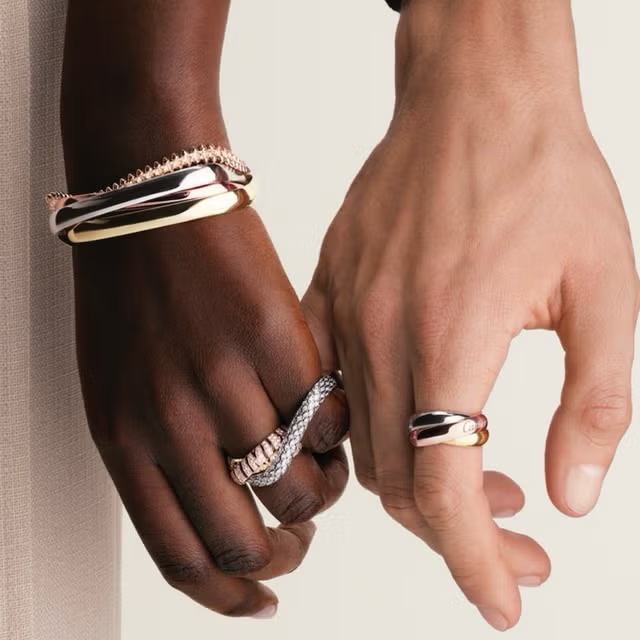
4. Consumer Behavior and Sustainability
Younger generations, particularly millennials and Generation Z, are driving the demand for sustainable products across all sectors, and the jewelry market is no exception. These consumers are more conscious about the environmental and ethical implications of their purchases and are actively seeking brands that align with their values.
A. Conscious Consumption and Brand Loyalty
Sustainability has become a significant factor in purchasing decisions, particularly among younger, more eco-conscious buyers. These consumers are willing to pay a premium for sustainable and ethically sourced products, as they see their purchases as a reflection of their personal values. Brands that demonstrate transparency in their sourcing and manufacturing processes are gaining the trust and loyalty of younger customers.
Moreover, many consumers are increasingly interested in supporting brands that engage in corporate social responsibility initiatives, such as supporting environmental causes or promoting fair labor practices. Companies that are committed to sustainability and social responsibility often build stronger emotional connections with their customers, which can result in greater brand loyalty and repeat business.
B. The Power of Digital and Social Media
The rise of social media has also played a crucial role in shifting consumer expectations toward sustainability. Younger consumers, especially Gen Z, are active on platforms like Instagram, TikTok, and YouTube, where they can discover brands, learn about sustainable practices, and make more informed purchasing decisions. Jewelry brands that leverage these platforms to promote their sustainable efforts, share behind-the-scenes stories of their sourcing processes, and engage with their customers directly are likely to build strong, lasting relationships with their audience.
5. The Future of Sustainable Jewelry
The trend toward sustainability in the jewelry market is not a passing fad, but rather a long-term shift that is likely to continue growing in the coming years. As more consumers demand eco-friendly and ethically sourced products, jewelry brands will be forced to evolve and adopt more sustainable practices across all areas of their operations, from sourcing to manufacturing to marketing.
Conclusion: A Sustainable Future for the Jewelry Market
Sustainability is no longer optional for jewelry brands—it has become a fundamental aspect of their business strategy. From the ethical sourcing of materials to the integration of eco-friendly design practices, the demand for sustainable jewelry is reshaping the industry’s future. As consumers become more conscious of the environmental and social impacts of their purchases, brands that prioritize sustainability will likely gain a competitive edge.
The jewelry market’s future will be defined by its ability to adapt to changing consumer expectations and the growing demand for sustainable luxury. The brands that lead the way in adopting responsible practices and offering transparent, eco-conscious products will continue to thrive in an increasingly environmentally aware world. Ultimately, the evolution of the jewelry industry toward sustainability is not just about protecting the planet—it’s also about meeting the evolving desires of a new generation of discerning, value-driven consumers.




